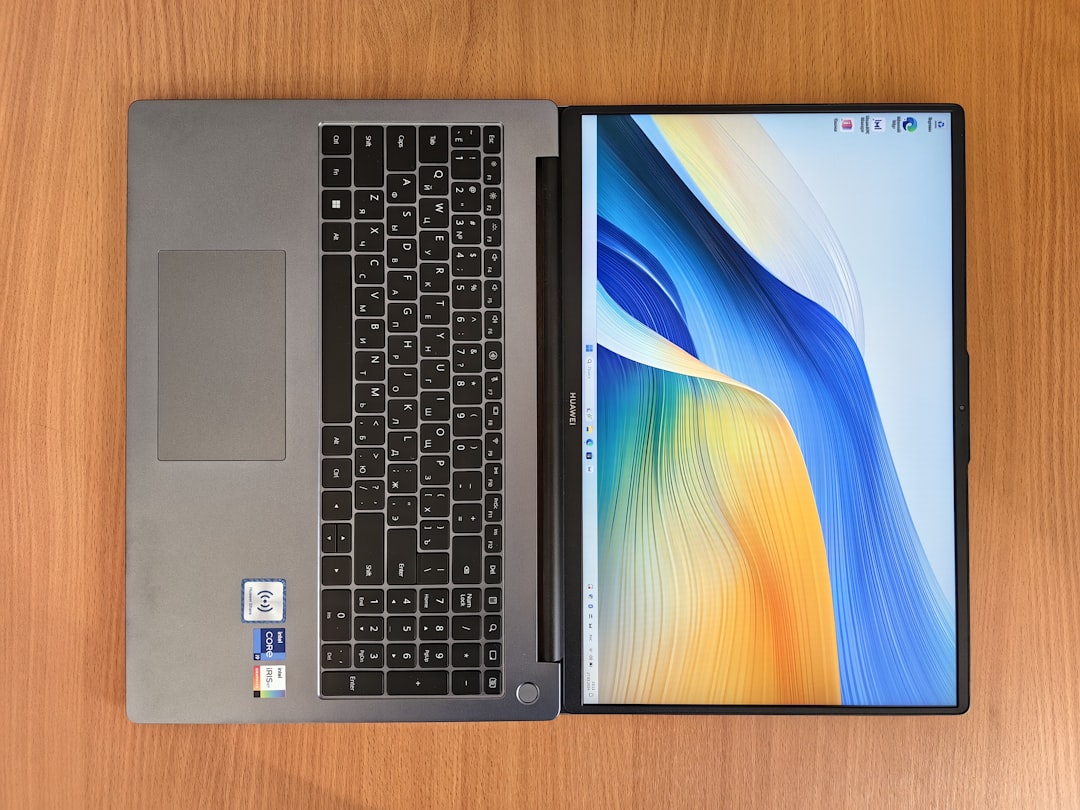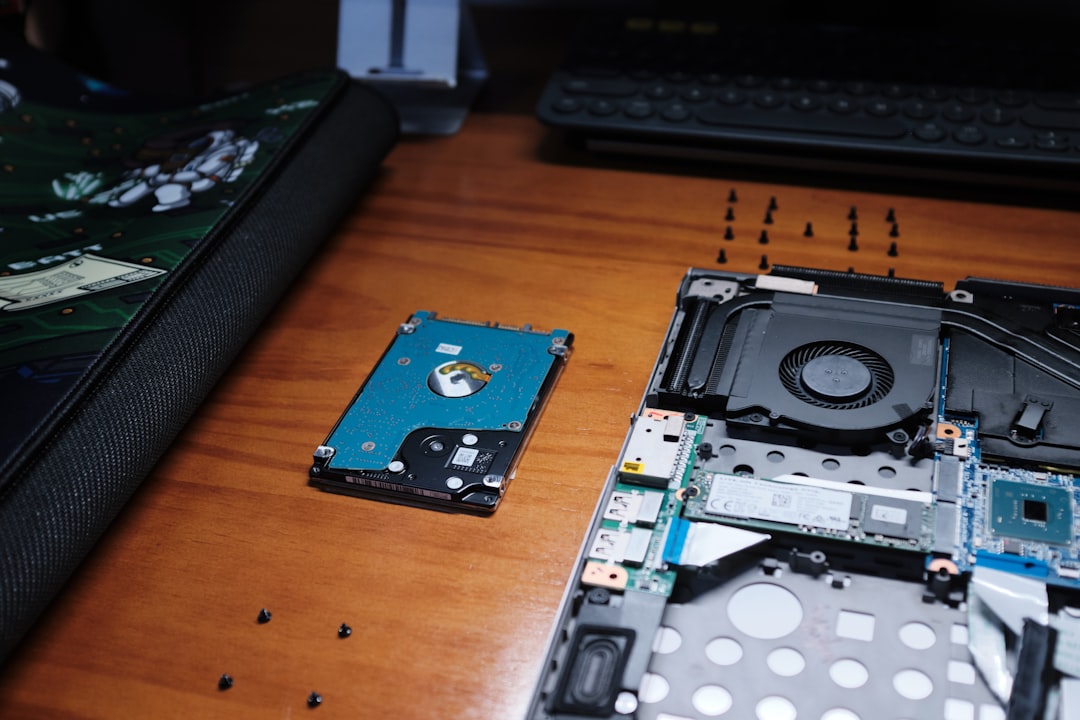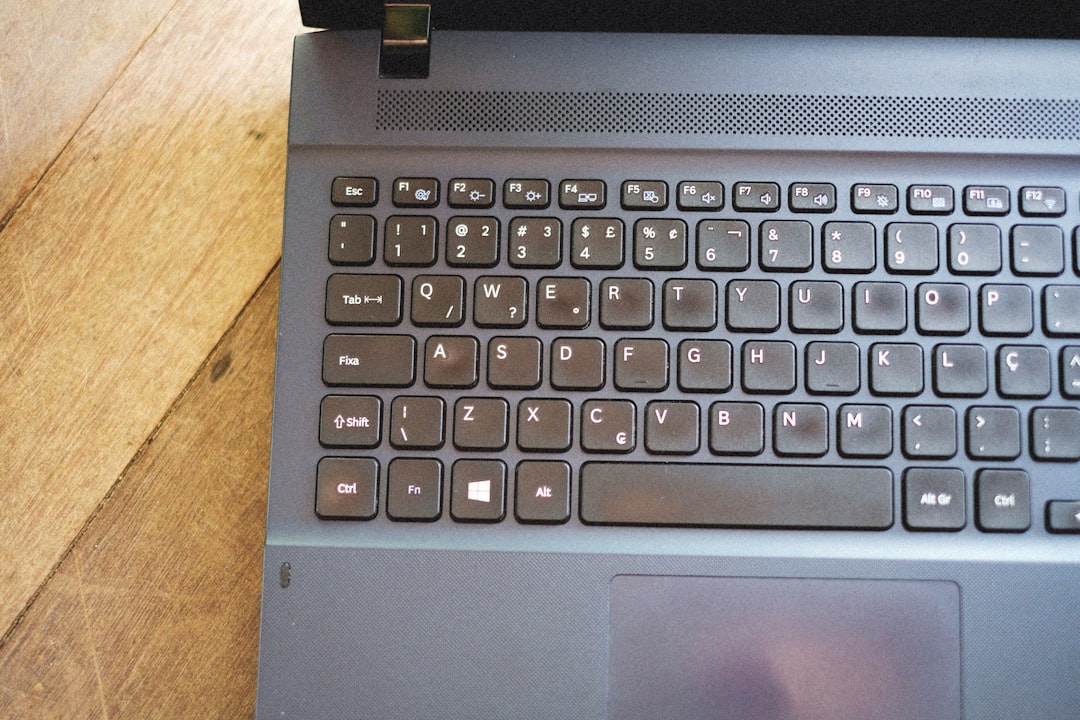Upgrading the RAM in your HP Laptop 15z-ef1xxx can significantly boost performance, enabling smoother multitasking, faster application loading, and an overall more responsive experience. Whether you’re a student, professional, or casual user, expanding your memory capacity is a practical way to extend your laptop’s usefulness. This guide will walk you through the process step-by-step to safely and effectively upgrade your laptop’s RAM.
Before You Begin
Before diving into the upgrade process, there are a few important considerations:
- Warranty: If your laptop is still under warranty, opening the case may void it. Verify with HP support before proceeding.
- Compatible RAM: The HP 15z-ef1xxx typically uses DDR4 SODIMM memory. It’s essential to confirm the type, speed (usually 2400MHz or 2666MHz), and maximum supported capacity (typically up to 16GB or 32GB, depending on configuration).
- Tools: You will need a small Phillips screwdriver and an anti-static wrist strap to prevent static damage.
Let’s now walk through each step of the RAM installation process.
Step 1: Power Down and Unplug
Shut down your HP laptop completely. Disconnect the charger and any connected peripherals (USB devices, headphones, external displays, etc.).
Then, press and hold the power button for 5–10 seconds to discharge any remaining static charges in the system.
Step 2: Prepare a Static-Free Workspace
Place your laptop on a clean, flat surface, preferably on an anti-static mat. If you have an anti-static wrist strap, connect it to a grounded object and wear it to prevent damaging the internal components.
Step 3: Remove the Bottom Cover
Turn the laptop upside down and identify all screws securing the back panel.
- Use a Phillips screwdriver (size #0 or #00) to unscrew each one.
- Some screws may be hidden under rubber feet or stickers; remove them carefully with a plastic pry tool.
After all screws are removed, use a plastic spudger or flat tool to gently pry off the back panel.

Step 4: Locate the RAM Slot
Once the cover is removed, locate the RAM module near the center or left side of the board. The HP 15z-ef1xxx typically has one or two SODIMM slots.
- If there is already one RAM stick installed, you can add another in the second slot if available.
- If both slots are occupied and you want to upgrade, you’ll need to replace the existing modules with higher-capacity ones.
Step 5: Install New RAM
To install or replace RAM:
- Release the latches on each side of the existing RAM stick to remove it (if replacing).
- Align the notch on the new RAM module with the slot and insert it at a 30-degree angle.
- Press down firmly until it clicks into place and the side latches secure it.

Step 6: Reassemble the Laptop
Carefully place the bottom cover back on your laptop and press around the edges to snap it into place. Reinsert and tighten all screws in their original positions.
Reconnect the charger and power on the laptop.
Step 7: Confirm RAM Upgrade
After booting into Windows:
- Right-click on the Taskbar and open Task Manager
- Click the Performance tab and choose Memory
Here, you can verify that the new RAM is recognized and functioning correctly. You may also use a tool like CPU-Z or Speccy for more detailed information.
Troubleshooting Tips
If your laptop doesn’t boot or the RAM isn’t recognized:
- Ensure the RAM is properly seated with both latches clicked in place.
- Double-check compatibility in terms of type, speed, and size.
- Try resetting the RAM module or clean the golden contacts with a soft dry cloth.
If problems persist, consider replacing the RAM or contacting HP support for assistance.
Final Thoughts
Upgrading the RAM in your HP 15z-ef1xxx laptop is a relatively simple yet impactful way to enhance performance. As long as you follow the steps carefully and use compatible memory modules, the process should be smooth and rewarding. Always handle internal components with care and seek professional help if you are unsure at any point.
By increasing your memory capacity, you’ll make applications run faster and give your laptop a longer lifecycle in today’s demanding software landscape.


Leave a Reply